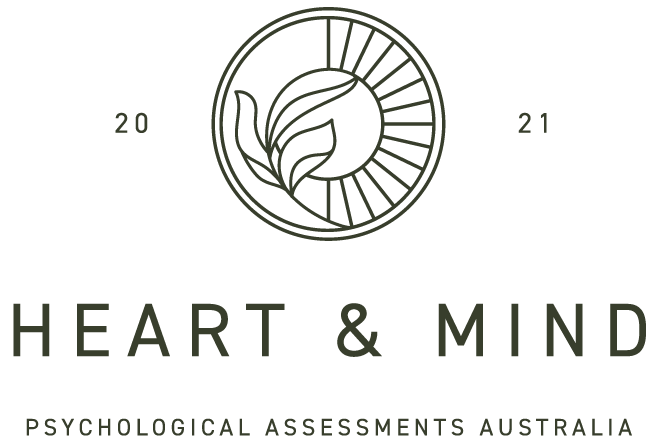Recovering from Autistic Burnout
Being an Autistic person in a predominantly neurotypical world can be exhausting.
Many of our Autistic clients come to us with depression-like symptoms, such as fatigue, withdrawal, and difficulties coping with daily activities. However, these clients do not experience the same levels of low mood, hopelessness, or loss of enjoyment characteristic of major depression. These particular clients may instead be experiencing Autistic burnout.
Recommendations for recovering from depression and Autistic burnout are very different. Speaking with a neurodiversity-affirming practitioner can help you identify strategies to improve your wellbeing as an Autistic person.
What is Autistic burnout?
Autistic burnout is an intense state of mental and physical exhaustion. This exhaustion is a natural response to prolonged efforts to meet everyday demands that are out-of-sync with an Autistic person’s social, emotional, and sensory needs.
Autistic burnout differs for everyone. Early identification and support can significantly reduce the time required to recover from Autistic burnout. It is important to know your warning signs, so that you can take steps to recuperate as soon as possible.
Common signs of Autistic burnout include:
· Extreme fatigue that does not seem to improve with rest or sleep.
· Reacting more intensely to common stressors (e.g., sensory discomfort, changes to routine), and struggling to let things go.
· Finding it difficult to meet basic needs (e.g., hydrating, eating, showering).
· Loss of skills, or struggling to do things you could previously do (e.g., household tasks, socialising, working, studying).
· ‘Brain fog’ and increased difficulties with executive functioning tasks, such as planning and decision-making.
· Withdrawal from responsibilities, activities, and social commitments.
· Finding socialising more effortful or overwhelming than usual, or increased periods of non-speaking.
· Frequent illness, or feeling run down or ‘under the weather’.
Who is at risk of Autistic burnout?
Autistic burnout is most likely to occur when an Autistic person’s needs are not met in day-to-day life. An individual’s risk of Autistic burnout can change depending on their environment and the level of support available. It is important to pre-empt and increase support for periods where you may be at greater risk of Autistic burnout.
Risk of Autistic burnout is elevated by:
· Changes or transitions (e.g., moving house, starting a new job, ending a relationship).
· Tasks or demands that outweigh capacity (e.g., heavy workload, pressure to complete tasks, tasks that do not align with skillset).
· Masking and pressure to ‘pass’ as neurotypical.
· Prolonged periods of overstimulation and sensory discomfort.
· Stress, trauma, and invalidation.
How do you recover from Autistic burnout?
It is important to acknowledge that Autistic burnout is real, and is a serious concern. It can feel hard to prioritise recovery amongst the demands of daily life. However, recovering from Autistic burnout is absolutely essential for wellbeing and quality of life.
Here are some of our tips for recovering from Autistic burnout:
· Prioritise and focus on basic needs (e.g., sleep, hydration, safe and easy-to-prepare meals).
· Increase time spent sleeping and resting.
· Outsource or delegate tasks with executive functioning demands, and delay non-essential tasks.
· Spend more time alone, and reduce interactions where you may feel more pressure to mask.
· Engage in special interests and stims to support regulation.
· Reduce sensory load and sources of overstimulation.
· Seek support from a neurodiversity-affirming practitioner, who may assist with advocacy, and identifying adjustments and accommodations.
How do you prevent Autistic burnout?
When it comes to Autistic burnout, prevention is key. With the right adjustments and supports, Autistic burnout is avoidable. It is important to work towards a lifestyle that meets your unique needs as an Autistic person.
Here are some of our tips for preventing Autistic burnout:
· Consider your social, sensory, and executive functioning load for a typical week, and look for areas where you may need extra rest, adjustments or supports.
· Prioritise connections with like-minded others, and decrease masking where possible and safe.
· Use technology to reduce executive functioning demands, such as setting reminders, and using a calendar or mobile applications.
· Embrace Autistic behaviours that help you regulate and manage activities, such as following routines, stimming, and engaging in special interests.
At Heart and Mind, our practitioners provide 1:1 support for individuals experiencing Autistic burnout. For more information, please feel free to submit an enquiry here.
